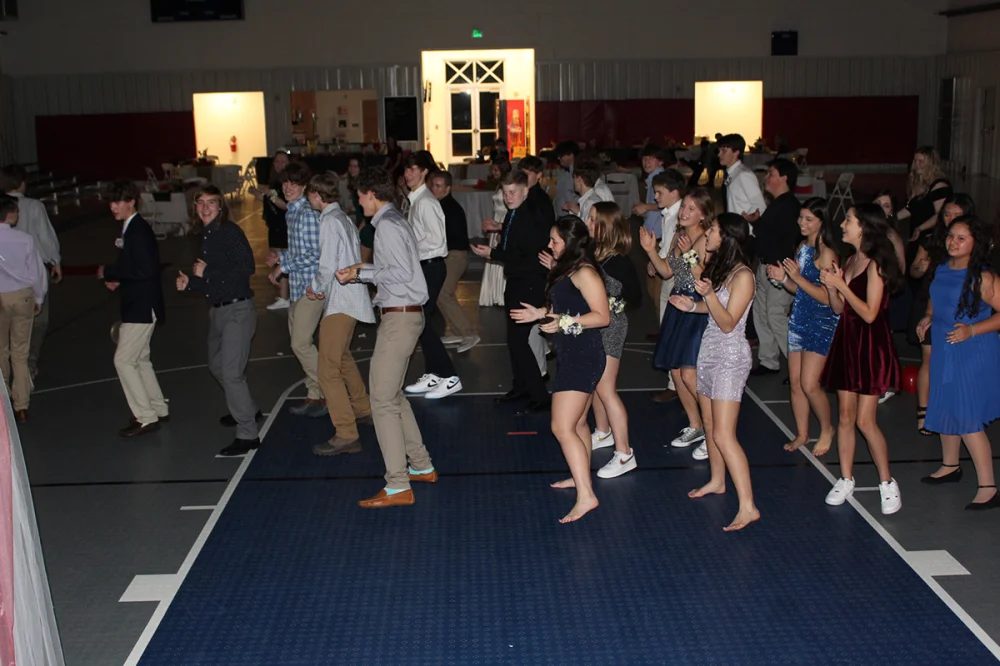
- do-students-go-to-school-dances-anymore
- evolution-of-school-dance-culture
- factors-influencing-attendance-today
- real-stories-from-modern-students
- how-schools-and-organizers-are-responding
- why-school-dances-still-matter
1. Do Students Go to School Dances Anymore?
The classic image of prom queens, homecoming kings, and gymnasiums decked out in streamers still lives on in movies—but what about real life? Are students still going to school dances, or is it becoming a thing of the past? The answer is more complex than a simple yes or no. While traditional school dances like prom and homecoming still happen, attendance has fluctuated over the years due to shifting cultural trends, social dynamics, and even technology.
2. Evolution of School Dance Culture
2.1. The Golden Era of High School Dances
In the 1980s and 1990s, school dances were monumental. From themed homecomings to winter formals, they were social landmarks. Students planned for weeks, often treating these events as rites of passage. This culture was shaped largely by pop media, which elevated these events to iconic status.
2.2. Changing Attitudes in the 2000s
By the early 2000s, however, the enthusiasm began to wane. Some students started to view dances as outdated or awkward. Others cited pressure to find dates or spend money on outfits as reasons to skip. Social media and online communities also offered alternative ways to connect and celebrate.
3. Factors Influencing Attendance Today
3.1. Social Media and the Fear of Judgment
Many students today weigh every public appearance through the lens of social media. There’s a growing fear of being photographed awkwardly or not wearing the “right” outfit. This can discourage students from attending unless they feel fully prepared or confident in their appearance.
3.2. Mental Health and Anxiety
Rising rates of social anxiety and stress among teens have also impacted school dance participation. For some students, the thought of being in a crowded, loud environment is simply overwhelming. This mental health factor often gets overlooked in conversations around dwindling attendance.
3.3. Cost and Accessibility
From formal attire to tickets and transportation, dances can get expensive. This economic barrier can exclude students from lower-income backgrounds unless schools take deliberate steps to offer affordable alternatives. In more inclusive communities, themed casual dances have become a popular solution.
4. Real Stories from Modern Students
4.1. Jamie, a Junior from Colorado
"I didn’t go to my freshman homecoming because I was nervous and didn’t have a date. But last year, my friends convinced me to go as a group, and it ended up being one of the best nights of the year. We didn’t even dance that much—we just laughed and took silly pictures."
4.2. Alex, a Senior in New York
"Our school made prom optional and included a virtual stream during COVID. Since then, they’ve kept hybrid events. It’s cool that people who feel anxious or can’t attend in person can still feel included. I think it made dances more accessible."
5. How Schools and Organizers Are Responding
5.1. More Casual and Themed Events
Some schools are ditching formalwear in favor of themed nights—like pajama dances, glow-in-the-dark parties, or silent discos. This removes the pressure and invites creativity. These themes attract more students who might otherwise opt out of a traditional dance.
5.2. Student-Led Planning Committees
When students feel ownership over the planning process, participation often increases. Allowing students to choose the music, dress code, and themes helps ensure the event aligns with current interests—not just outdated traditions.
6. Why School Dances Still Matter
6.1. Social Bonding Beyond the Classroom
Even in a digital world, nothing replaces real-life social interaction. Dances allow students to form lasting memories and build confidence in social settings. They are still one of the few events that bring the entire student body together in celebration.
6.2. Encouraging Inclusivity Through Innovation
Dances are evolving. With more inclusive options and student involvement, school dances remain relevant. Schools that invest in creative, emotionally intelligent planning can still make these events meaningful. At American Dance Academy, we support students and schools by offering dance workshops, attire guidance, and event inspiration that keep traditions alive—while helping them grow with the times.
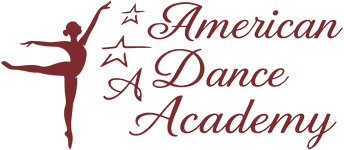
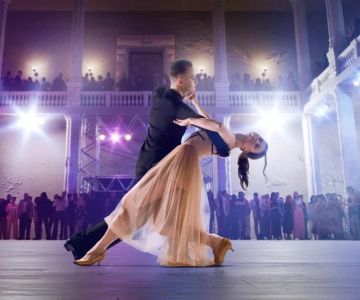
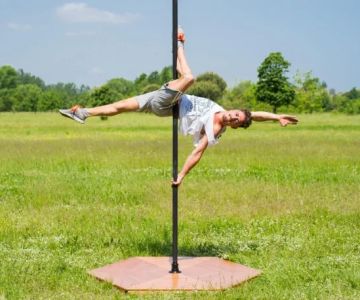
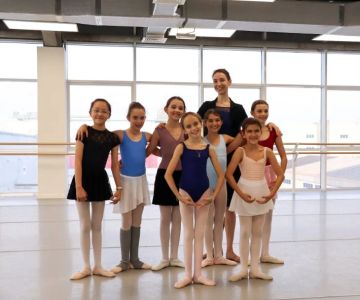
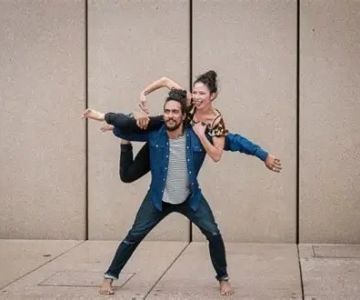

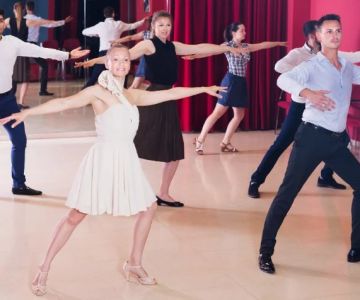
 Barrington Dance Academy5.0 (22 reviews)
Barrington Dance Academy5.0 (22 reviews)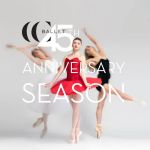 Canyon Concert Ballet4.0 (17 reviews)
Canyon Concert Ballet4.0 (17 reviews) Big City Dance Center LLC4.0 (25 reviews)
Big City Dance Center LLC4.0 (25 reviews) Tye Chua Dance & Kalamazoo Ballet5.0 (18 reviews)
Tye Chua Dance & Kalamazoo Ballet5.0 (18 reviews) Fenton Ballet Theatre4.0 (24 reviews)
Fenton Ballet Theatre4.0 (24 reviews) Front Street Dance Center5.0 (7 reviews)
Front Street Dance Center5.0 (7 reviews) Are There Dances in Middle School? What Students and Parents Should Know
Are There Dances in Middle School? What Students and Parents Should Know How a Dance School in Instagram Builds Community and Success
How a Dance School in Instagram Builds Community and Success Why Do Schools Teach Square Dancing?
Why Do Schools Teach Square Dancing?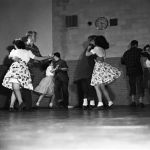 Why Was Square Dancing Taught in School?
Why Was Square Dancing Taught in School? Why Swing Dance Is Popular for Adults
Why Swing Dance Is Popular for Adults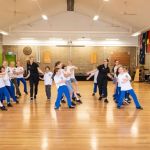 A School Dance: How to Prepare, Shine, and Make It Unforgettable
A School Dance: How to Prepare, Shine, and Make It Unforgettable